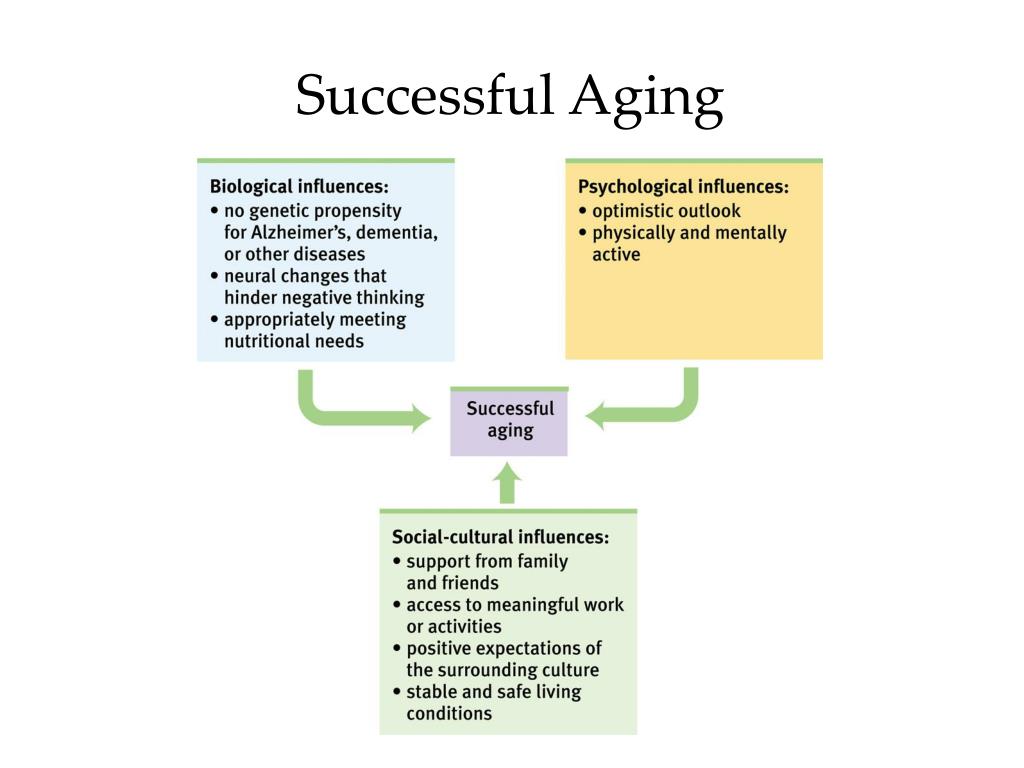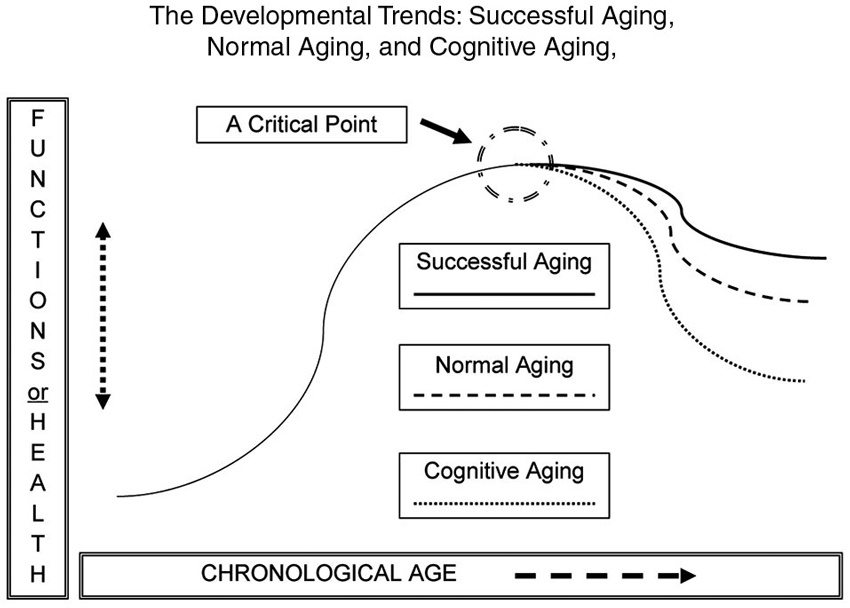

Īustad SN (2004) Is aging programed? Aging Cell 3:249–251. Proc Natl Acad Sci USA 90:7915–7922Īubert G, Lansdorp PM (2008) Telomeres and aging. Īmes BN, Shigenaga MK, Hagen TM (1993) Oxidants, antioxidants, and the degenerative diseases of aging. Īmes BN (1989) Endogenous oxidative DNA damage, aging, and cancer.

Īlizon S, Méthot P-O (2018) Reconciling Pasteur and Darwin to control infectious diseases. Can Res 58:5489–5494Īlcendor RR, Gao S, Zhai P et al (2007) Sirt1 regulates aging and resistance to oxidative stress in the heart. In this view, the diversity of the pathways of aging is lost, but the main feature is probably conserved.Īhuja N, Li Q, Mohan AL et al (1998) Aging and DNA methylation in colorectal mucose and cancer. A simple definition would be: aging is the progressive disappearance of the parts of a system that make it reliable, according to a pattern lying between Gompertz’s law and Weibull’s law. The shape of the resulting curve lies between two extremes: exponential increasing (Gompertz’s law of mortality) and exponentially decreasing/increasing (Weibull’s law) functions, respectively corresponding to systems with many redundant but less reliable components and to systems with few, non-redundant but extremely reliable components. This forms the basis of the definition of a mathematical function that represents the accumulation of causes of potential failures of the system. Reliability is the probability that a physiological system (organism, organ, etc.) fulfils its role at a given point in its lifetime. A synthetic, but temporary definition of aging can finally be proposed.Īn alternative is the reliability theory of aging (Gavrilov and Gavrilova 2001, 2003). Yet, the results of physiological research suggest that this theory should be revised to also account for the small number of different aging pathways and for the existence of mechanisms counteracting these pathways, that must, on the contrary, have been selected. Based on this theory, aging evolves thanks to the impossibility that natural selection eliminates late traits that are neutral mainly due to decreasing selective pressure. By contrast, a sound theoretical definition can be obtained by revisiting the evolutionary theory of aging. Beyond such an abstract definition, no one has yet succeeded in defining aging by a specific mechanism of aging because of an explanatory gap between such a mechanism and lifespan, a consensual explanandum of a theory of aging. Then, although many conditions are not consensual instances of aging, aging is consensually described as a process of loss characterized by a rate and resulting from the counteraction of protective mechanisms against mechanisms that limit lifespan.

Anything that can be called ‘aging’ must present one of these features. First, a broad review reveals five features commonly used to define aging: structural damage, functional decline, depletion, typical phenotypic changes or their cause, and increasing probability of death.

This article proposes to draw a definition from the scientific literature on aging. Aging is an elusive property of life, and many important questions about aging depend on its definition.


 0 kommentar(er)
0 kommentar(er)
